- -Porto-Palermo, December 1949 – December 1950The Porto-Palermo Castle was constructed by Ali PashëTepelena and surrounded by the sea. It was selected due to its good isolation. It operated as an internment camp in the years 1949-1950.More than 200 internees from Lozhan and around 40 others from the Tepelena Camp were sent to the Porto-Palermo Castle. The internees who were taken to Porto-Palermo would have to live in total isolation with no medical aid. Several children were among them. Records about the camp start in January 1950, indicating 181 internees (82 men, 62 women and 37 children) at the time.
In addition to sleep, potable water was a problem. The little bread was baked within the castle. There was no form of communication with the mainland. Fate had it that the internees were saved from the horrors of this camp. An Italian ship that risked sinking dropped anchor near the camp site. Fearing that such an action would lead to an encouragement of internee escape attempts, authorities closed the camp in December 1950.
“The castle was full of cells, it was a torture site. They only gave us 200 grams of bread and marmalade which were like bricks, margarine that had gone bad (5 — 6 years old). There … we were 400 internees and had 5 kg of beans to cook in two or three cauldrons for all internees, basically a bowl with a lot of soup and a few beans. Where we stayed, water dripped from the concrete ceiling, the water trickled down and our sheets and clothes were wet. The water was brackish. A lot of old men were blinded due to the salty water” —Sabri Dërguti witnessed for this camp.” The internees were exploited for forced seasonal work in harvesting olives in Himara.
Paskal Andoni was camp commander.
The regime itself accepted that there was no health service here whatsoever. There were even cases such as that of 17 internees who needed medical intervention for their kidneys or appendicitis. The relevant report mentions nothing regarding any efforts to cure them, but only added that “they remain in the camp.” The so-called roof trickled regularly, windows wouldn’t bring any light in, and there was high humidity. Although the regime shied from drawing extreme conclusions, this camp’s situation was presented as severe.” It’s worth mentioning that when the internees were transferred away from the camp, all of them had gone blind because of having stayed in darkness for a long time. The last data on the camp are those of October 1950. After April 1950, there is no report on women and children there.
Internees
- Ali Kthupi (1946-1954)
- Aziz Ndreu (-)
- Bajram Xhaferri (-)
- Bardha Gjomarkaj (-)
- Cen Golja (-)
- Fatbardh Kupi (-)
- GjolekKolziu (1970-1990)
- HazizKurjani (-)
- Kujtim Velmishi (-)
- Lek Pervizi (1950-1951)
- Luigi Hila (-)
- Luigj Marku (-)
- Musa Sina (-)
- Ndue Doshi (-)
- Piro Mavromati (-)
- Seit Ukaj (-)
- Selim Agolli (1951-1966)
- Sherif Tafani (-)
Porto-Palermo Camp

| Emri | Porto-Palermo Camp |
| Vendndodhja: | Porto Palermo |
| Viti i Ndërtimit: | 1949 |
| Viti i Mbylljes: | 1950 |
